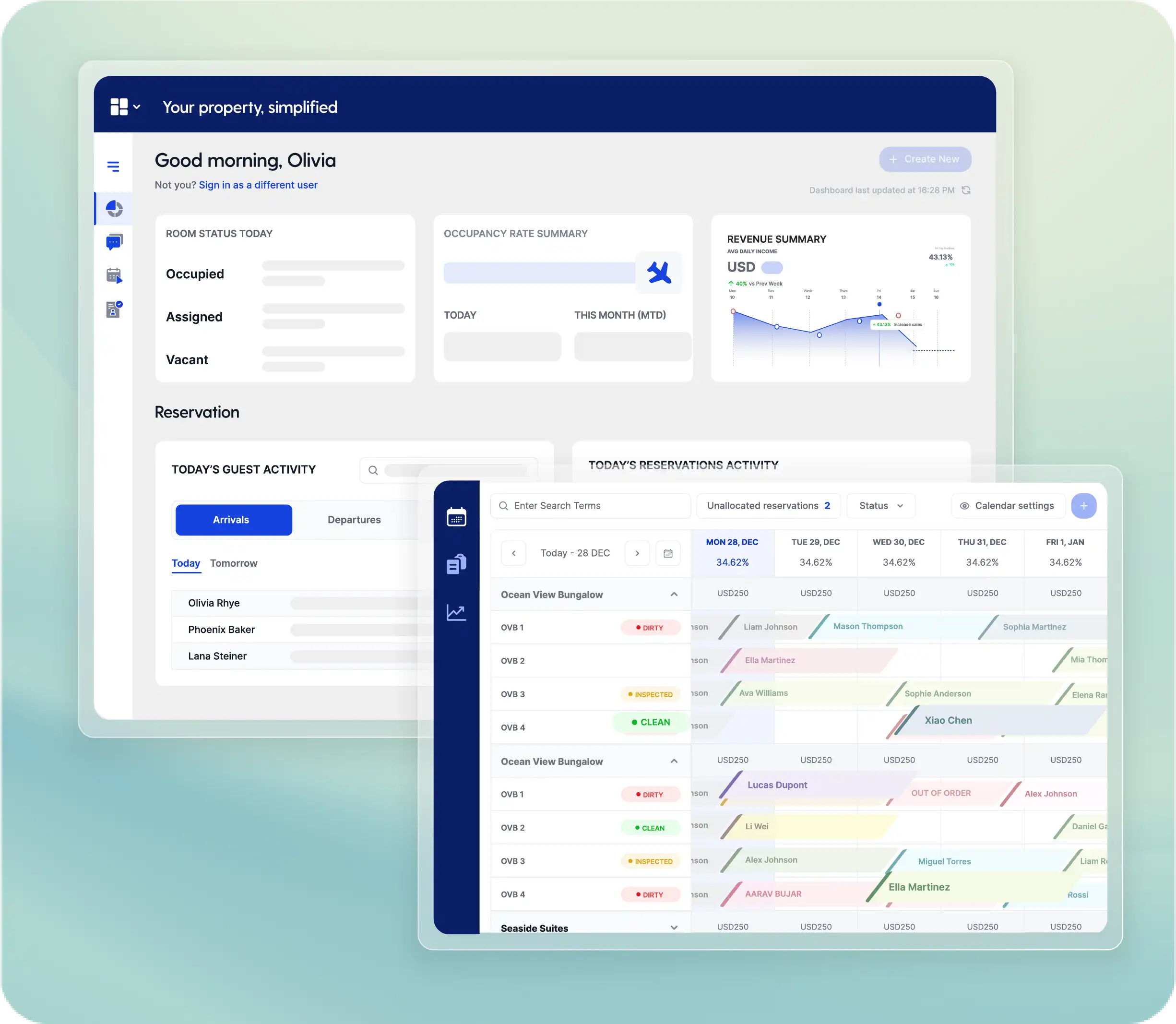Property & Demand
Occupied rooms/day: 42Operations & Buffers
Mode
Data-driven uses:
DailyUse = OccRooms x Pieces/room x ChangeFactor
Recommend = DailyUse x (Turnaround + Safety) x (1+Seasonality) + MonthlyLoss
Linen Items
Managing linen inventory is critical for smooth hotel operations, cost control, and guest satisfaction. Prostay’s Hotel Linen PAR Calculator helps you determine exactly how many linens your property needs — balancing operational efficiency, laundry turnaround times, and seasonal demand. Avoid overstocking, prevent shortages, and keep your housekeeping team fully equipped.
What Is a Linen PAR Level?
In hospitality, PAR (Periodic Automatic Replacement) level refers to the standard number of linen sets needed to service all rooms while accounting for linens in use, in laundry, and in storage.
A common rule of thumb is 3–5 PAR:
- 1 PAR in rooms
- 1 PAR in laundry
- 1–3 PAR in storage or rotation
However, the ideal number varies by property size, occupancy rate, change policies, laundry turnaround, loss rates, and seasonal fluctuations. This calculator uses data-driven formulas to give you a precise, customized recommendation.
Why Use Prostay’s Linen PAR Calculator?
Accurate & Customizable: Goes beyond the generic “3–5 PAR” rule by factoring in your actual operations.
Accurate & Customizable: Goes beyond the generic “3–5 PAR” rule by factoring in your actual operations.
Prevents Overstocking: Reduces unnecessary capital tied up in linen inventory.
Prevents Shortages: Keeps enough stock to maintain guest comfort even during high occupancy.
Supports Budget Planning: Helps forecast linen purchases and replacement cycles.
Part of the Prostay PMS Suite: Save and manage results within your hotel’s operational tools.
Benefits of Optimizing Your Hotel Linen Inventory
Lower storage and replacement costs
Reduced environmental impact through better resource management
Improved housekeeping efficiency
Consistent guest experience and room readiness
